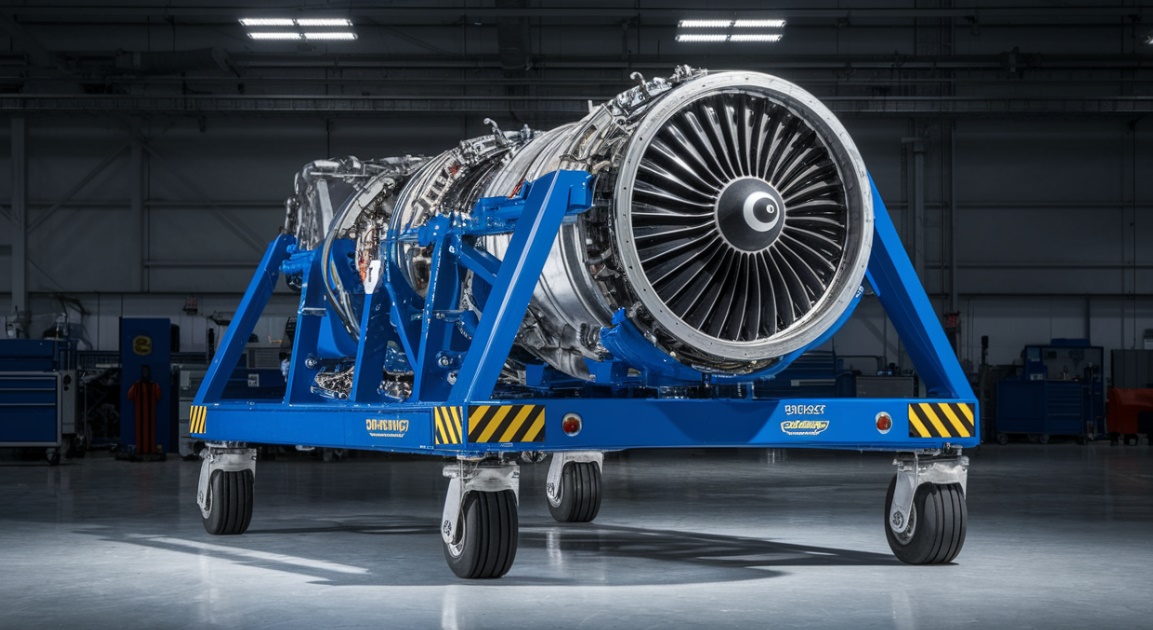Navigating the drone market can be overwhelming with prices ranging from $50 to over $50,000. Whether you’re a beginner looking for your first drone or a professional seeking advanced equipment, this comprehensive guide will help you understand drone costs and make an informed decision.
Understanding Drone Costs: An Overview
The drone market offers remarkable diversity in pricing, reflecting the wide range of capabilities and technologies available. Large industrial drones can reach costs of $48,000 or more, primarily due to sophisticated battery systems and powerful motors. Meanwhile, compact mini drones start around $500, delivering impressive functionality in portable packages.
Factors Influencing Drone Prices
- Intended use – recreational vs. professional/industrial applications
- Camera quality – from basic cameras to cinema-grade imaging systems
- Build materials – ranging from basic plastics to premium carbon fiber composites
- Flight performance specifications – range, altitude, speed, and battery life
- Advanced features – obstacle avoidance, GPS positioning, automated flight modes
- Brand reputation – established manufacturers often command premium prices
Price Ranges for Different Types of Drones
| Category | Price Range | Key Features |
|---|---|---|
| Beginner Toy Drones | $30-$300 | Basic flight capabilities, rudimentary cameras |
| Entry-level Camera Drones | $500-$2,000 | Decent image quality, stable flight |
| Mid-level Consumer Drones | $2,000-$10,000 | Professional features, advanced capabilities |
| Professional/Industrial Drones | $10,000-$50,000+ | Specialized commercial applications |
Types of Drones and Their Costs
The drone market segments into distinct categories based on capabilities and applications. Large-format drones command premium prices, averaging over $48,000, due to sophisticated battery systems, specialized motors, and advanced flight control systems.
Consumer Drones: Affordable Options for Beginners
Entry-level consumer drones ($50-$300) offer an ideal starting point for beginners. These models feature basic cameras, simplified controls, and compact designs. While flight times are limited to 10-15 minutes, they provide an excellent platform for developing essential piloting skills.
Intermediate and Camera Drones: Balancing Cost and Features
Mid-tier options ($300-$1,000) deliver enhanced capabilities including improved flight stability, longer battery life (20-30 minutes), and better camera quality. Camera-focused drones ($500-$3,000) feature professional-grade imaging capabilities, including 3-axis gimbals and high-resolution sensors, making them popular among content creators and small businesses.
Professional and Commercial Drones: High-End Investments
Professional drones represent significant investments, with prices structured across distinct tiers:
- Entry-level professional – starting from $1,000
- Advanced professional – beyond $5,000
- Specialized commercial – up to $50,000
These high-performance systems feature premium components including advanced flight controllers, extended transmission ranges of 4-8 kilometers, and sophisticated camera systems. Notable examples like the DJI Inspire 2, Mavic 2 Pro, and Air 2S deliver precision flight controls and broadcast-quality imaging capabilities.
| Industry Application | Key Features |
|---|---|
| Agriculture | Specialized sensors, extended flight times |
| Construction | Rugged construction, customizable payloads |
| Infrastructure Inspection | High-resolution imaging, precision controls |
| Search and Rescue | Thermal sensors, extended range capabilities |
Military Drones: Advanced Technology and Costs
Military drones represent the pinnacle of drone technology, with costs ranging from thousands to tens of millions of dollars. These advanced unmanned aerial vehicles incorporate sophisticated features including:
- Hardened communications systems resistant to jamming
- Extended operational ranges exceeding 60 minutes
- Specialized payload capacities for defense applications
- Advanced GPS interference protection
- Sophisticated ground control systems
- All-weather operational capabilities
Additional Costs Associated with Owning a Drone
Beyond the initial purchase price, drone ownership involves several ongoing expenses that contribute to the total cost of ownership. These additional costs can add hundreds or thousands of dollars throughout your drone’s lifespan, varying significantly based on the drone’s size, complexity, and intended use.
Maintenance and Repair Costs
- Annual basic maintenance – $100-$200
- Average repair costs – $200-$600
- High-end component replacement (e.g., camera gimbals) – $400+
- Regular replacement items – propellers, landing gear, batteries
Insurance and Registration Fees
| Coverage Type | Cost Range |
|---|---|
| Daily Coverage | $30-$40 per day |
| Monthly Policies | $60-$100 per month |
| Annual Coverage | $500-$750 |
| FAA Registration | $5 (renewed every 3 years) |
| Part 107 Certification | $175 |
Choosing the Right Drone for Your Needs
Finding the perfect drone requires matching your unique requirements with available market options. To make an informed decision, consider these essential research steps:
- Watch detailed YouTube reviews from established drone experts
- Consult with experienced drone owners for firsthand insights
- Compare flight performance metrics across different models
- Evaluate camera quality and usability features
- Assess real-world user experiences and common challenges
Matching Your Budget and Experience Level
| Experience Level | Recommended Budget | Key Considerations |
|---|---|---|
| Complete Beginners | $100-300 | Basic flight controls, learning fundamentals |
| Intermediate Users | $500-800 | Automated modes, improved cameras |
| Serious First-timers | $800-1,000 | Quality cameras, reliable flight systems |
| Advanced Users | $1,000+ | Specialized capabilities, professional features |
Considering Intended Use and Features
Your primary use case should drive the selection process. Before making a purchase, evaluate these critical factors:
- Flight time requirements – consider battery life for your specific needs
- Operational range – assess whether you need proximity or long-distance capabilities
- Camera specifications – evaluate sensor size, resolution, and stabilization
- Payload capacity – determine if you’ll need to mount additional equipment
- Automated features – consider needs for flight paths, tracking, and obstacle avoidance
For specialized applications like videography, prioritize features such as stable gimbals and high-resolution cameras. Racing enthusiasts should focus on speed and maneuverability, while property inspectors might prioritize flight time and range. This targeted approach ensures your investment delivers the specific capabilities essential for your intended use.

